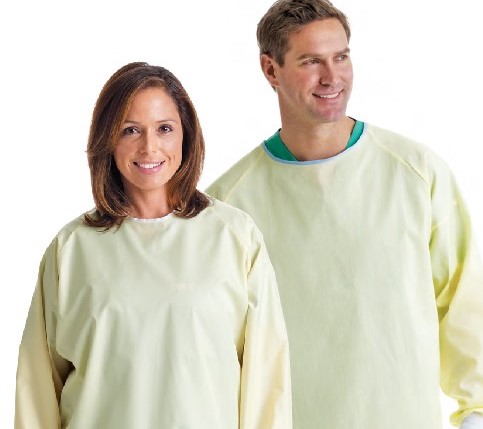
MISSION, KS — The American Reusable Textile Association (ARTA) has announced the completion of life cycle research on behalf of the textile services industry. The study was conducted by Environmental Clarity, LLC, and compared the life cycle of reusable versus disposable isolation gowns.
“The results of the isolation gown LCA support the conclusions from six other reusable/disposable studies that showed reusables provide a significant improvement in energy, environmental footprint, water, and energy-associated emissions,” said Michael Overcash, PhD, of Environmental Clarity.
About the Study
Disposable and reusable isolation gowns were studied from their inception as raw materials in the earth to manufacture of the coverall product, to use/reuse, then to final end-of-life disposition. The scope and the results emphasize transparent, science-based life cycle analysis. An abstract on the study is available at www.ARTA1.com.
The study found that choosing reusable isolation gowns instead of disposable alternatives decreases the environmental footprint by:
- 28% lower natural resource energy consumption,
- 30% lower greenhouse gas emissions (measured as CO2 eqemissions),
- 41% lower total water consumed (blue water1),
- 93-99% lower solid waste generation at healthcare facility.
End users can count these improvements as a credit toward improving their sustainability programs.
In this study, an isolation gown was defined as a single-piece, size extra-large (XL) or one-size-fits-most, long-sleeve, tie-up garment. The functional unit, or basis of comparison, was 1,000 isolation gown uses in a healthcare setting. For the reusable gowns, this was 16.7 new gowns each used for 60 cycles, while for the disposable gowns this was 1,000 new gowns. Two market representative ANSI/AAAMI Level 1 isolation gowns were investigated: a reusable polyester gown and a disposable nonwoven gown. The representative reusable gown weighed 240 g (8.5 oz.) and was composed primarily of woven polyethylene terephthalate (PET) fabric. The representative disposable gown weighed 63 g (2.2 oz.) and was composed primarily of nonwoven spunbond-meltblown-spunbond (SMS) polypropylene fabric.
ARTA LCA Committee
The study was organized by ARTA’s LCA Committee, which contracted with the independent research firm Environmental Clarity. The research team includes Overcash, Eric Vozzola and Evan Griffing. The LCA Committee members include: Myles Noel of International Healthcare Association for Textile Management(IAHTM), Duane Houvener of American Dawn, Janice Larson of Encompass, Robert Long of European Textile Services, Association (ETSA), Scott Delinof Fashion Seal, Shelley Petrovskisof Lac Mac Limited, Brendan O’Neillof London Hospital Linen Service and ARTA President, Dan Sanchez of Medline, Joe Ricci of TRSA.













